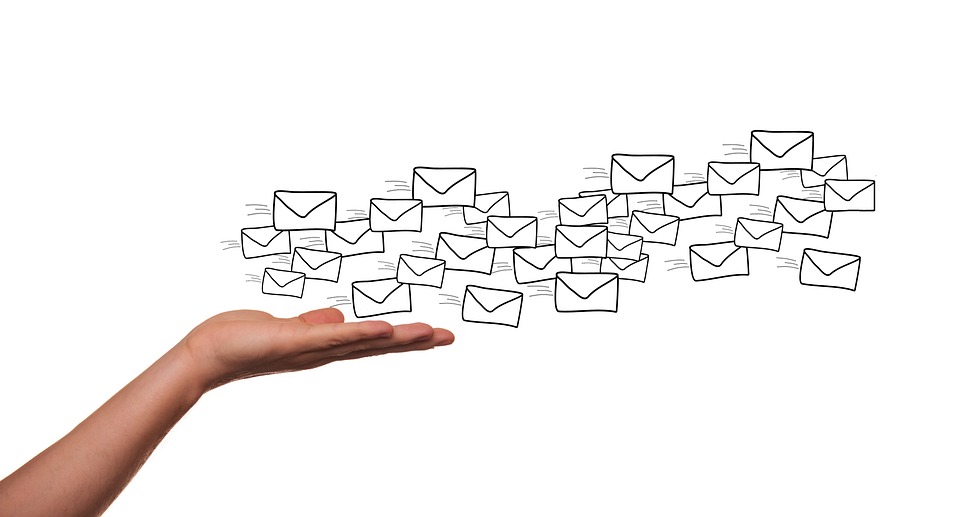
Email deliverability has been a hot topic in the email marketing industry since Google and Yahoo introduced new guidelines for sending emails. These guidelines took effect in February 2024, creating new challenges for many marketers when it comes to getting their emails delivered.
Many email deliverability articles spotlight the technical setup for senders—think DKIM, SPF, and DMARC records. And who can blame them? The big news for 2024 is that a DKIM record has traded its optional status for a necessity. Previously, senders often settled for a simple email address verification. However, now, domain verification via DNS records is essential for anyone sending over 5,000 emails daily.
The truth is that experienced and high quality senders already had a proper technical setup , but deliverability is still a challenge for many. To improve email deliverability in 2025, you’ll need a smart plan and regular checks. A one-time technical audit isn’t enough.
Here are the most common mistakes email marketers still make.
- Not Removing Spam Traps. Most marketers think that as long as they don’t buy email lists, they will not have spam traps, which isn’t the case. There are other ways to get spam traps on the list, for example typos on entry or recycled old email addresses that were once real subscribers. Marketers have to proactively check their list for spam traps and make every effort to remove them. Having spam traps on an email list can hurt sender reputation and email deliverability. It’s important to setup email validation on all sources of email collection, to avoid acquiring typo spam traps.
- Missing descriptive ALT Tags on Images. If an email has many images, leaving ALT tags empty can be a factor that will send your emails going to the Spam/Junk folder. This small detail is easy to overlook, but has a big impact on inboxing. Make sure the check for ALT text is a part of your regular workflow.
- Using Long Subject Lines With Title Case. Longer subject lines have a higher risk for generating a higher spam score, especially with use of common spam keywords. An email with a subject line in the title case presents itself as promotional and is more likely to go to Gmail’s Promotions tab.
- Sending Too Often. Many marketers believe that sending more emails produces better results, with no cost or consequence. This is simply not the case and can actually hurt deliverability in the long run. The goal should be to maintain high average engagement rates by sending more to recently active subscribers and sending less to inactives, which is actually one of the latest Yahoogle requirements.
- Not Analyzing Engagement by Mailbox Provider. In 2025, working with campaign averages is no longer practical, you need to know where your email deliverability problems are, so you can fix them. For example, your emails may be going to Gmail’s promotions tab due to lack of personalization, or emails going to the Junk folder in Hotmail because of certain words in the subject line.
Does your email marketing team make these mistakes? It’s worth a quick audit of recent campaigns to see if there is room for improvement.
Final Thoughts
Implementing all of the best practices may seem like a lot of work, but they simply need to become a part of your email workflows. Email marketing is worth investing into, as it carries no platform risk like social media.
Trust the experts. Optimize your email deliverability. This will help your email program deliver unparalleled ROI for your organization.






